Cooling Nipples
- Seamless Integration: Ensures leak-free coolant flow into mold channels.
- Rapid Heat Exchange: Facilitates quick temperature regulation for shorter cycles.
- Robust Build: Resists corrosion and pressure for long-term reliability.
- Versatile Sizing: Available in various configurations to suit different molds.
ISO 9001:2015 Certified Processes
ISO 13485: 2016 Medical Device
IATF 16949: 2016 Automotive
No Minimum Order Quantities
In-Process Inspection with CMM
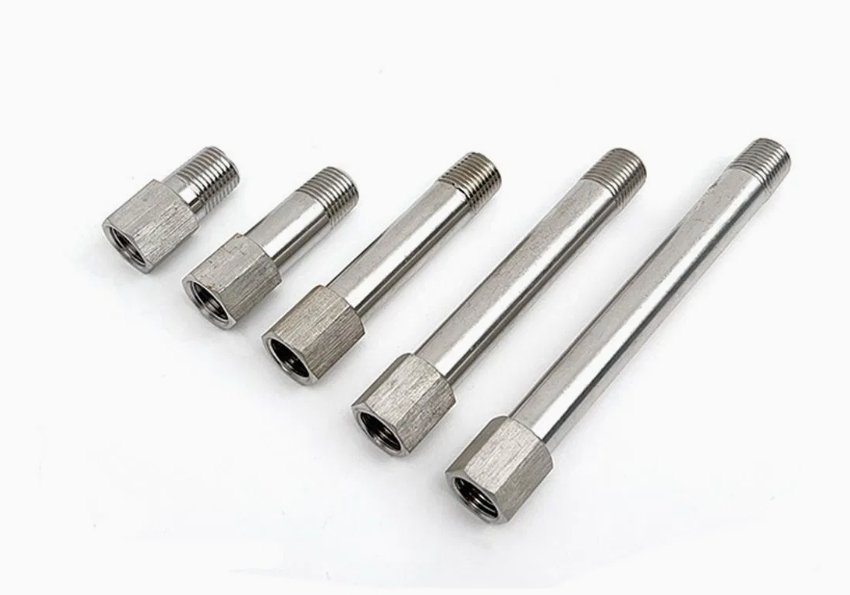
Cooling Nipples: Streamlined Connections for Mold Cooling
Cooling nipples are essential components in mold cooling systems, designed to provide reliable coolant connections between the mold and external cooling circuits during injection molding. These connectors ensure efficient heat transfer, maintaining optimal mold temperatures to enhance part quality and reduce production cycles.
Our cooling nipples are engineered for precision and durability, serving industries such as automotive, consumer electronics, and industrial manufacturing with consistent performance.
Primary Benefits
✔️ Delivers steady coolant supply to maintain uniform mold temperatures.
✔️ Minimizes downtime with durable, leak-resistant connections.
✔️ Supports high-quality part production by preventing overheating.
✔️ Enhances operational efficiency in continuous molding processes.
Technical Specs for Cooling Nipples
Our processes ensure unmatched consistency and repeatability at fast lead times and affordable pricing.
| Attribute | Details |
Length Range | 20 mm to 150 mm (custom lengths available) |
| Thread Size Range | M8 to M24 (custom threads available) |
Dimensional Tolerance | ±0.005 mm (custom tolerances available) |
Surface Finish | Nickel-plated or polished to Ra ≤ 0.2 μm |
| Pressure Rating | Up to 20 bar (custom ratings available) |
Material Options | Brass, Stainless Steel (316), Custom Alloys |
Lead Time | 2-4 weeks (expedited options available) |
Processing Materials
We fabricate cooling nipples from high-quality materials for superior performance:
Stainless Steel
Durable and resistant to harsh coolant environments (e.g., 304/316).
Brass (Standard)
Excellent corrosion resistance and thermal conductivity.
Tool Steel (H13)
High thermal fatigue resistance for molds running continuous high‑temperature cycles
Custom Alloys
Tailored options for specific cooling system demands.
Finishing Processes
Our cooling nipples are enhanced through advanced techniques:

Precision Turning
Achieves exact dimensions for perfect fit and flow.
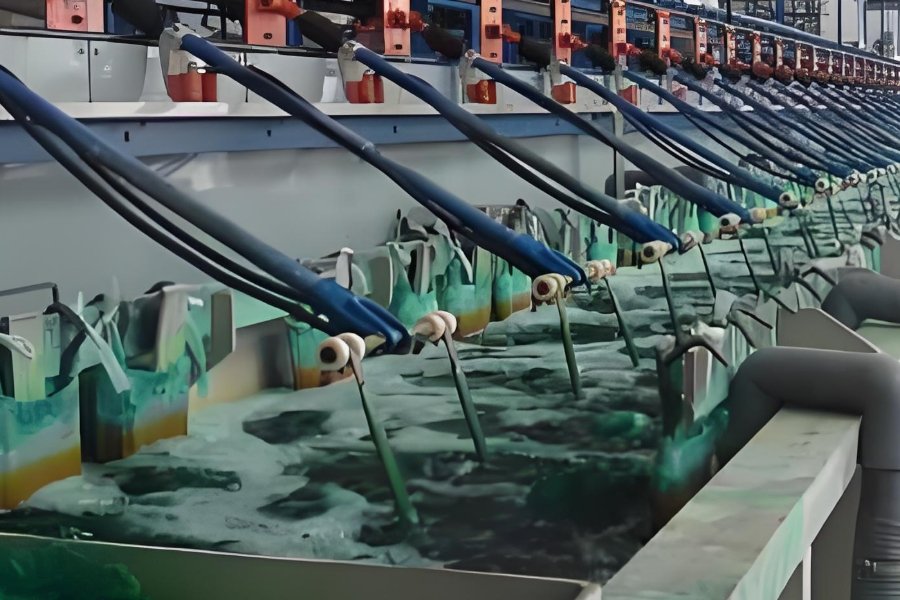
Electroless Plating
Electroless Nickel Plating provides a corrosion-resistant, smooth surface.
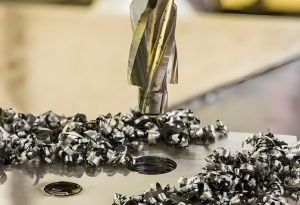
Thread Optimization
Ensures secure, tight sealing with mating components.
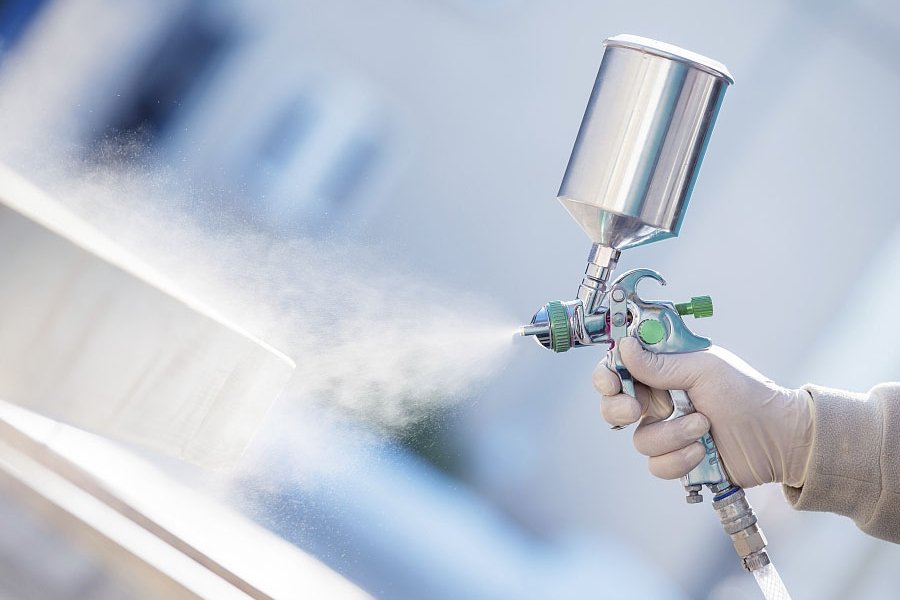
Surface Polishing
Reduces friction and enhances coolant flow efficiency.
Selection Guidance
Choose the right cooling nipples with these factors in mind:
Mold Connection Type
Match thread size to your cooling circuit fittings.
Coolant Pressure
Select materials rated for your system’s pressure levels.
Environmental Exposure
Opt for stainless steel in corrosive settings.
Flow Requirements
Ensure length and diameter support your coolant volume.
Fecision Mold Component Tooling Network
In response to different service types and diverse business needs, we have deployed suppliers with different manufacturing capabilities.
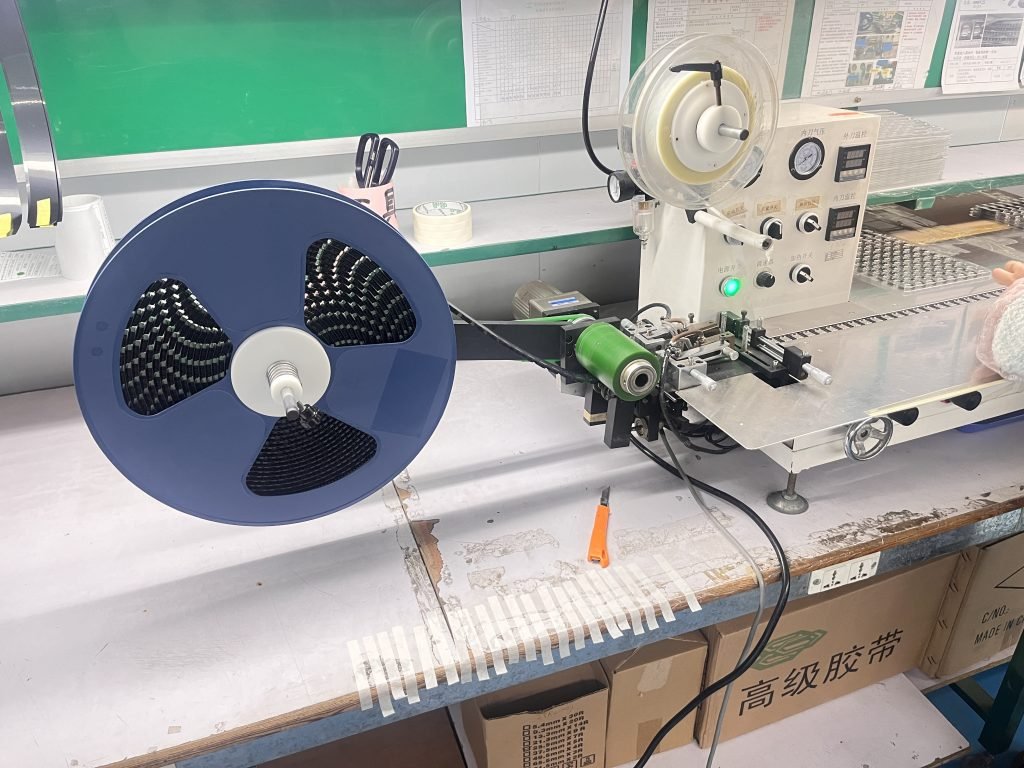
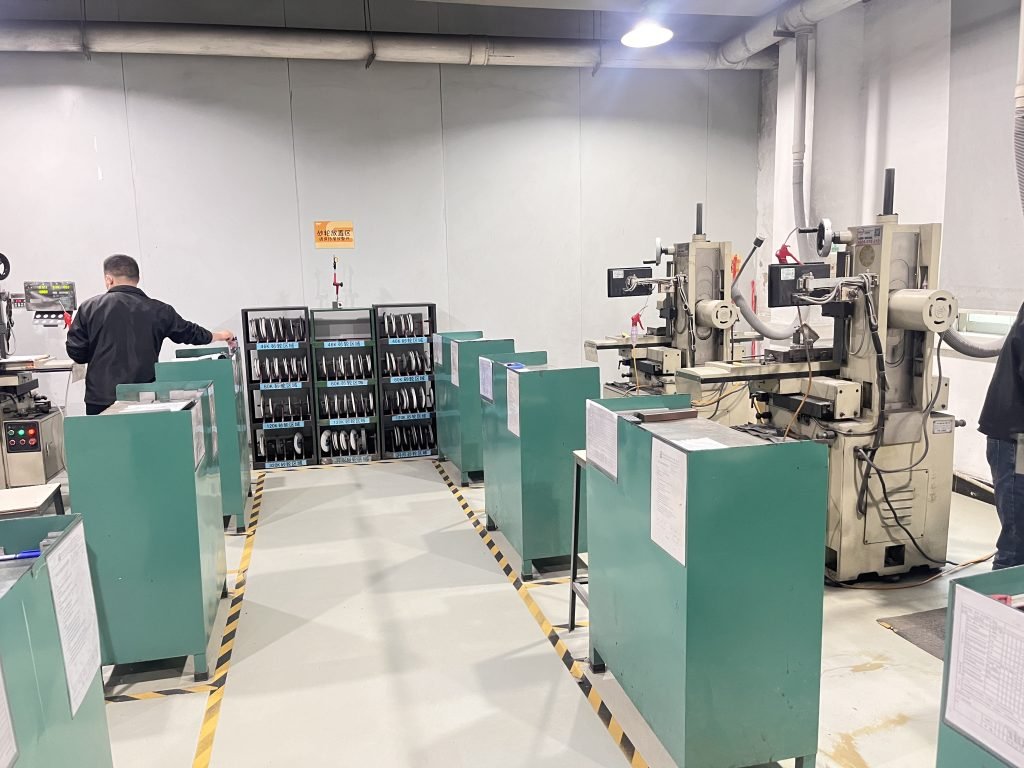
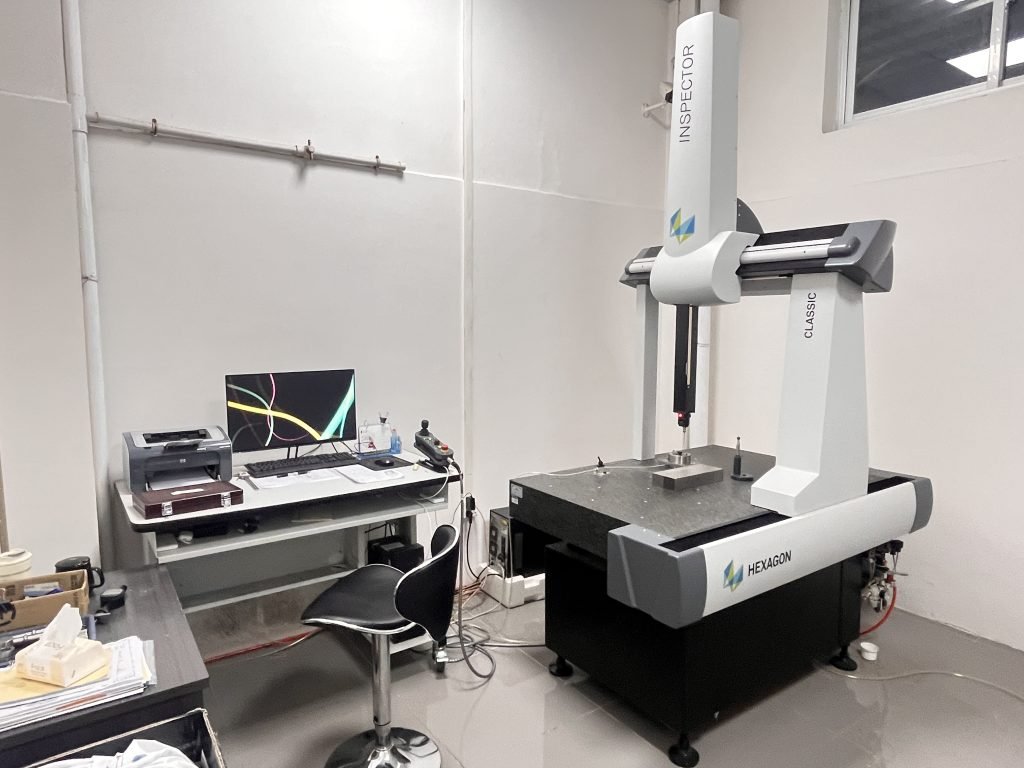
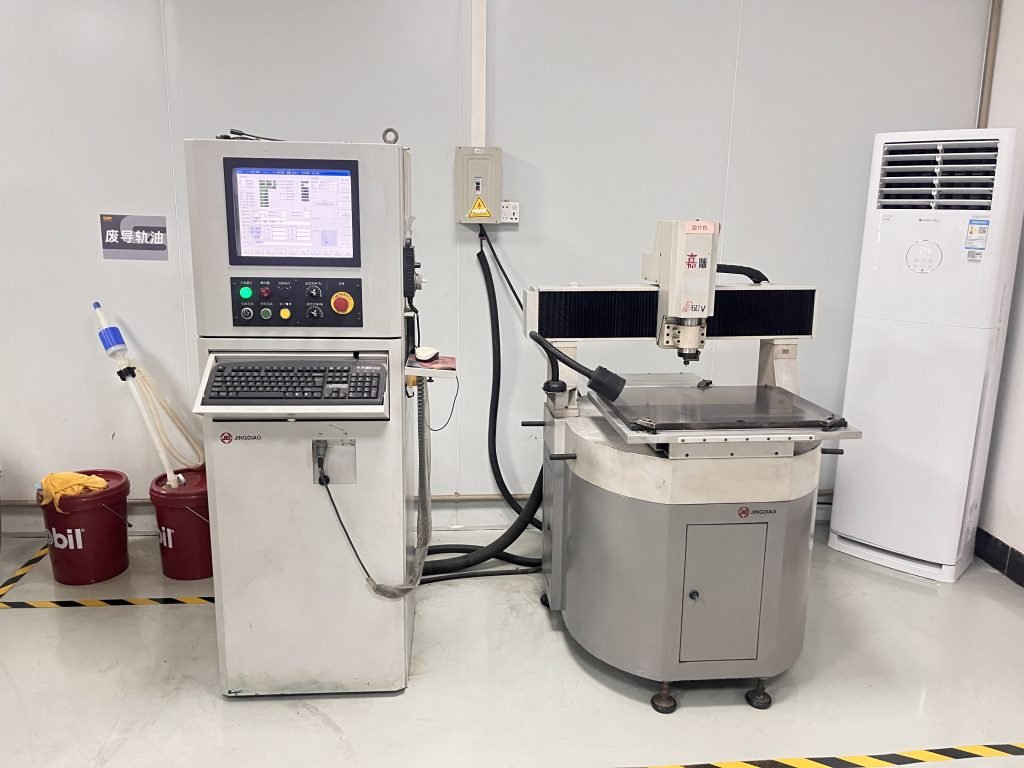
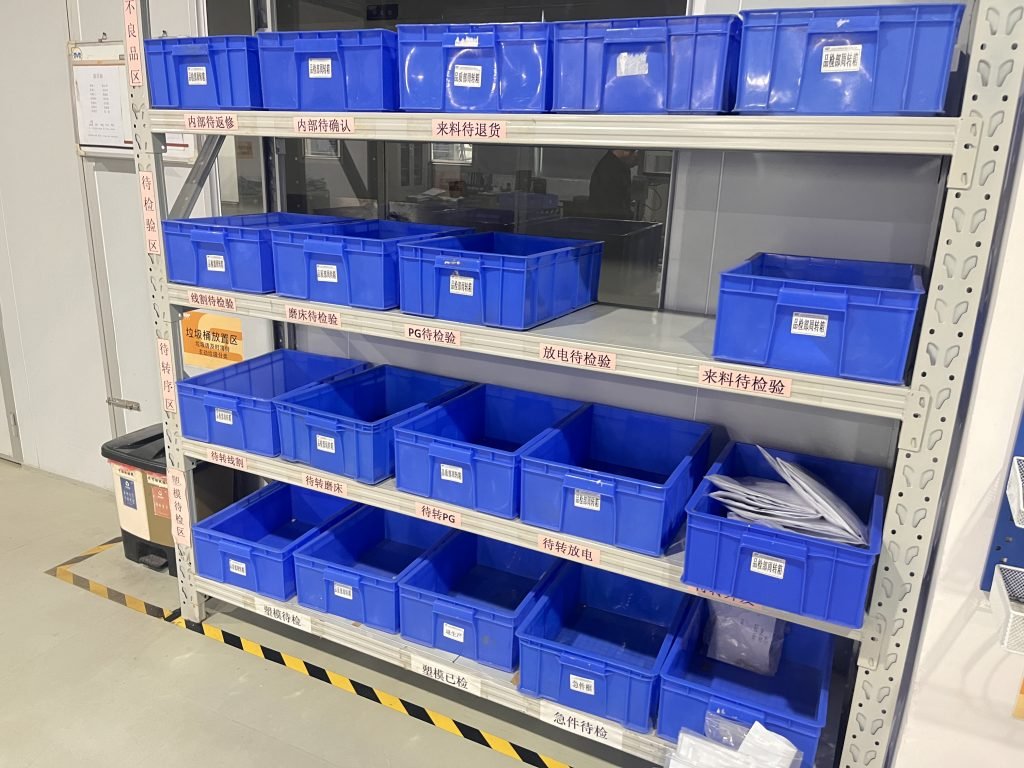
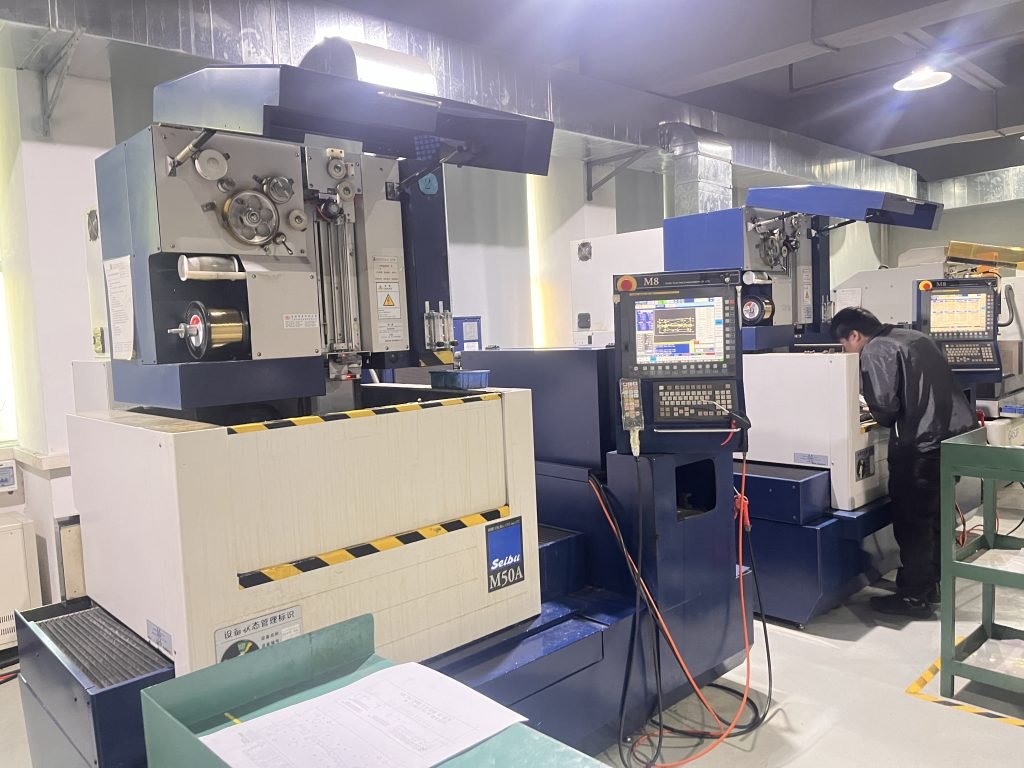

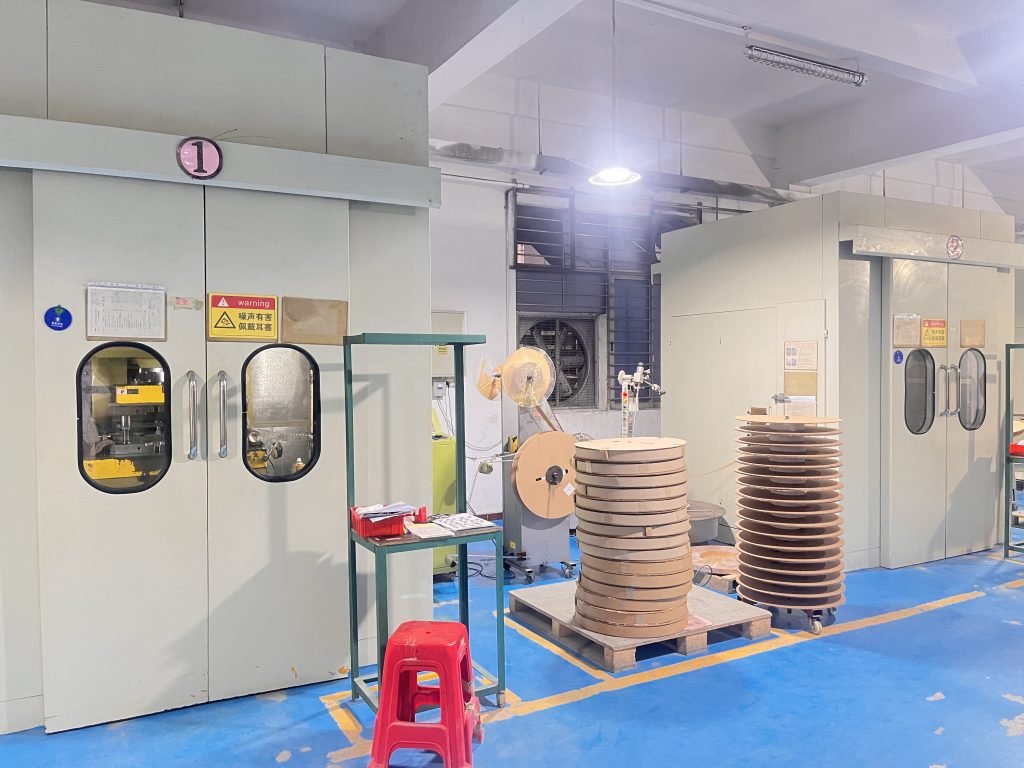
Why Fecision for Mold Components?

Precision and Accuracy
Using state-of-the-art CNC machining, EDM, and other advanced manufacturing techniques, Fecision ensures all mold components meet tight tolerances and high-quality standards.
Customization
Fecision understands the unique needs of each project. Our team works closely with customers to provide tailored solutions, ensuring that each component fits perfectly within the target mold system.
Rapid Prototyping
Fecision offers rapid prototyping for mold components, enabling customers to test and refine designs quickly before moving into full production.
End-to-End Services
From initial design and DFM (Design for Manufacturability) analysis to final mold assembly and testing, Fecision handles every aspect of the mold component manufacturing process.
Process for Manufacturing Mold Components
Manufacturability Evaluation
The initial step involves assessing the manufacturablity of the mold component. If it's deemed feasible, we proceed with production immediately. If not, we will provide a detailed DFM (Design for Manufacturability) report to the customer. If necessary, mold flow analysis is performed to simulate the flow of molten material within the mold.
Material Selection
Next, choose the right material for mold parts. Common materials for mold components include steel alloys, aluminum, stainless steel, specialty alloys, etc. If needed, a prototype may be made using rapid prototyping techniques (e.g., 3D printing, CNC machining) to test the design for fit, function, and manufacturability.
Mold Components Manufacturing
Once the design and materials are finalized, the mold component undergoes CNC machining. If required, the mold component may undergo heat treatment, depending on the material and intended application. For certain components, surface hardening methods such as nitriding or carburizing are applied to increase wear resistance.
Shipping
For molds with multiple components, such as multi-cavity molds or molds with inserts, the individual components are carefully assembled into the final mold system. Once our engineers confirm the product meets all requirements, it will be shipped. We maintain ongoing communication to ensure the customer is fully satisfied with the product they receive.
Let's Start!
Together, we can make something remarkable!
Let us turn your vision into reality. Provide us with your project details, and we’ll create a customized proposal designed specifically for you.




